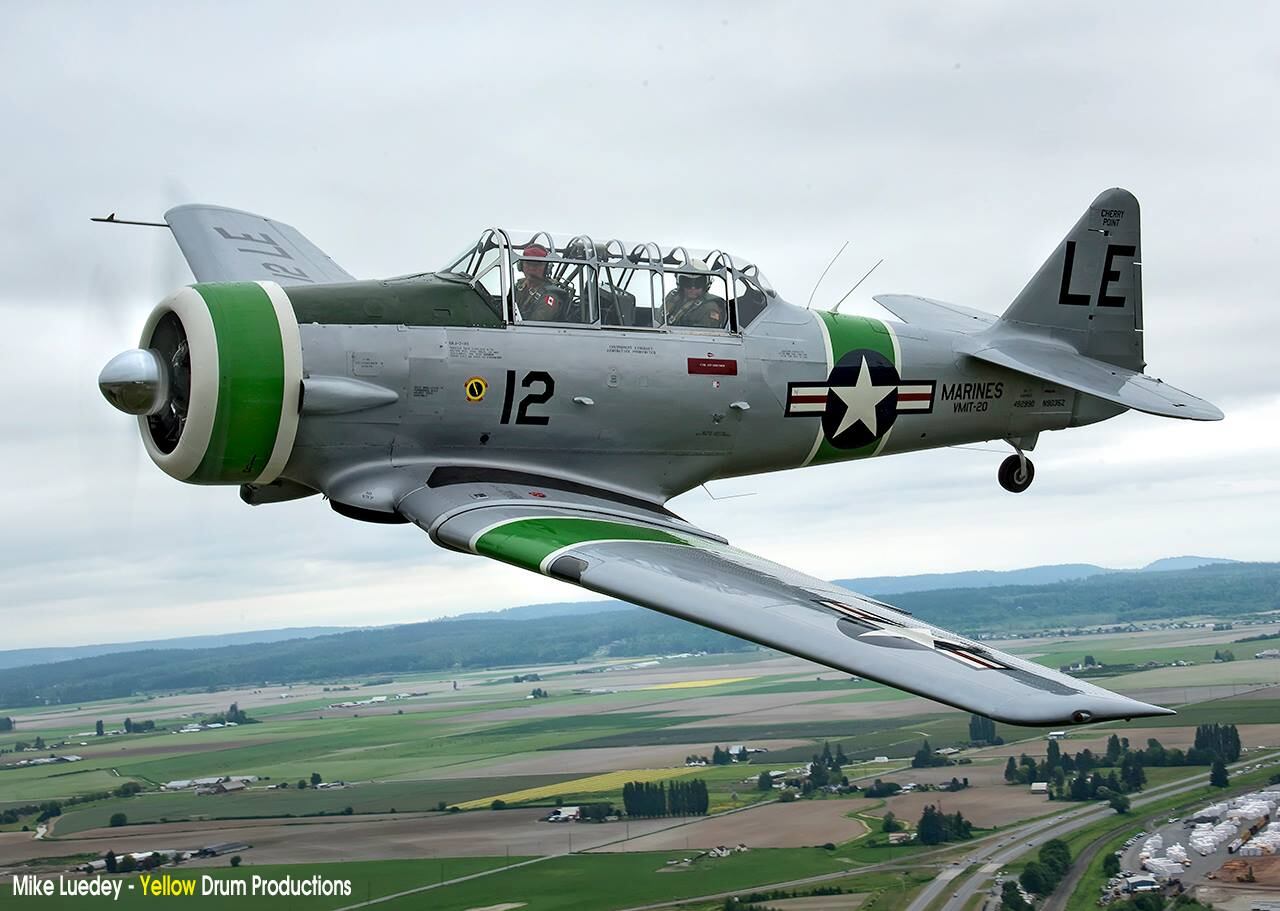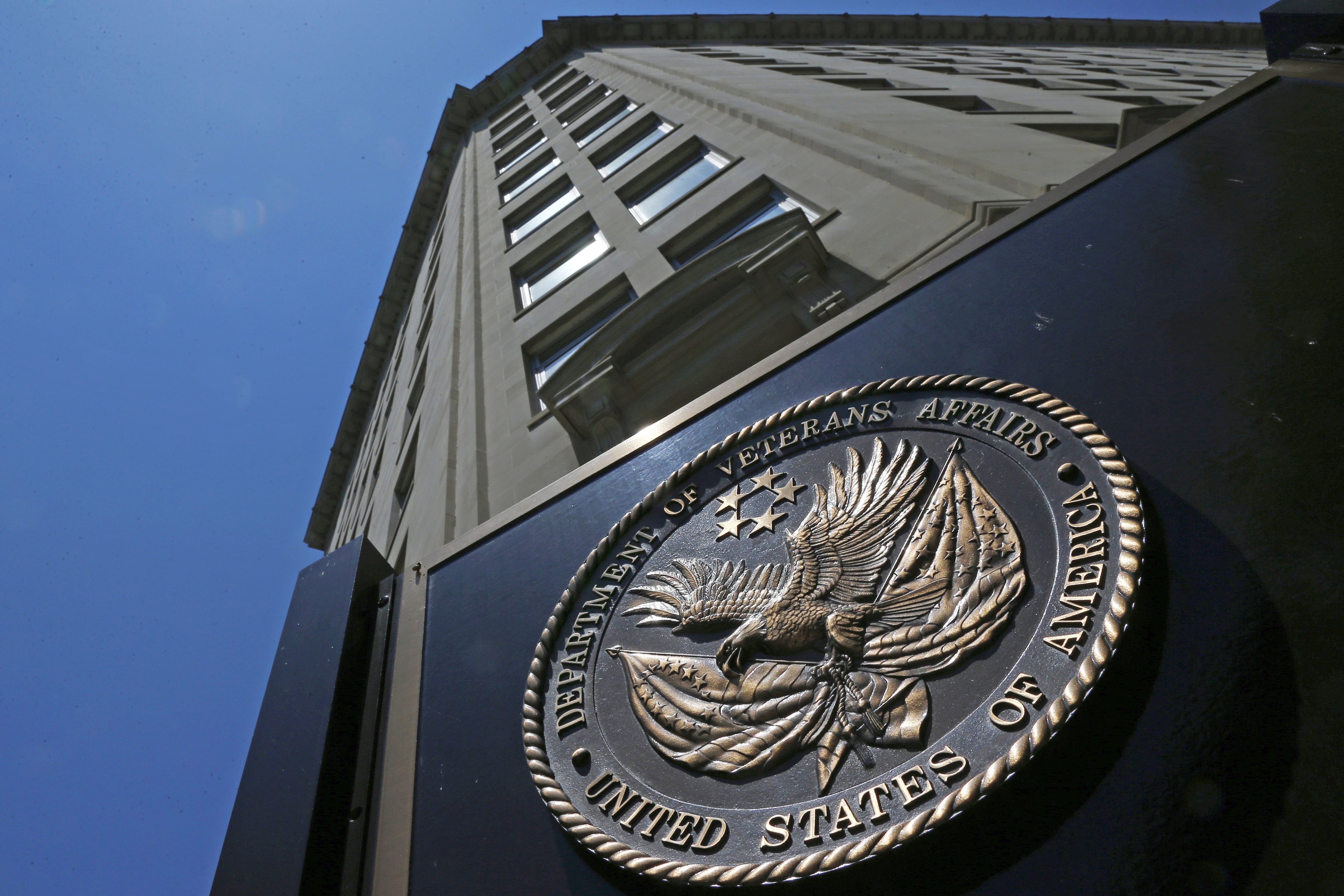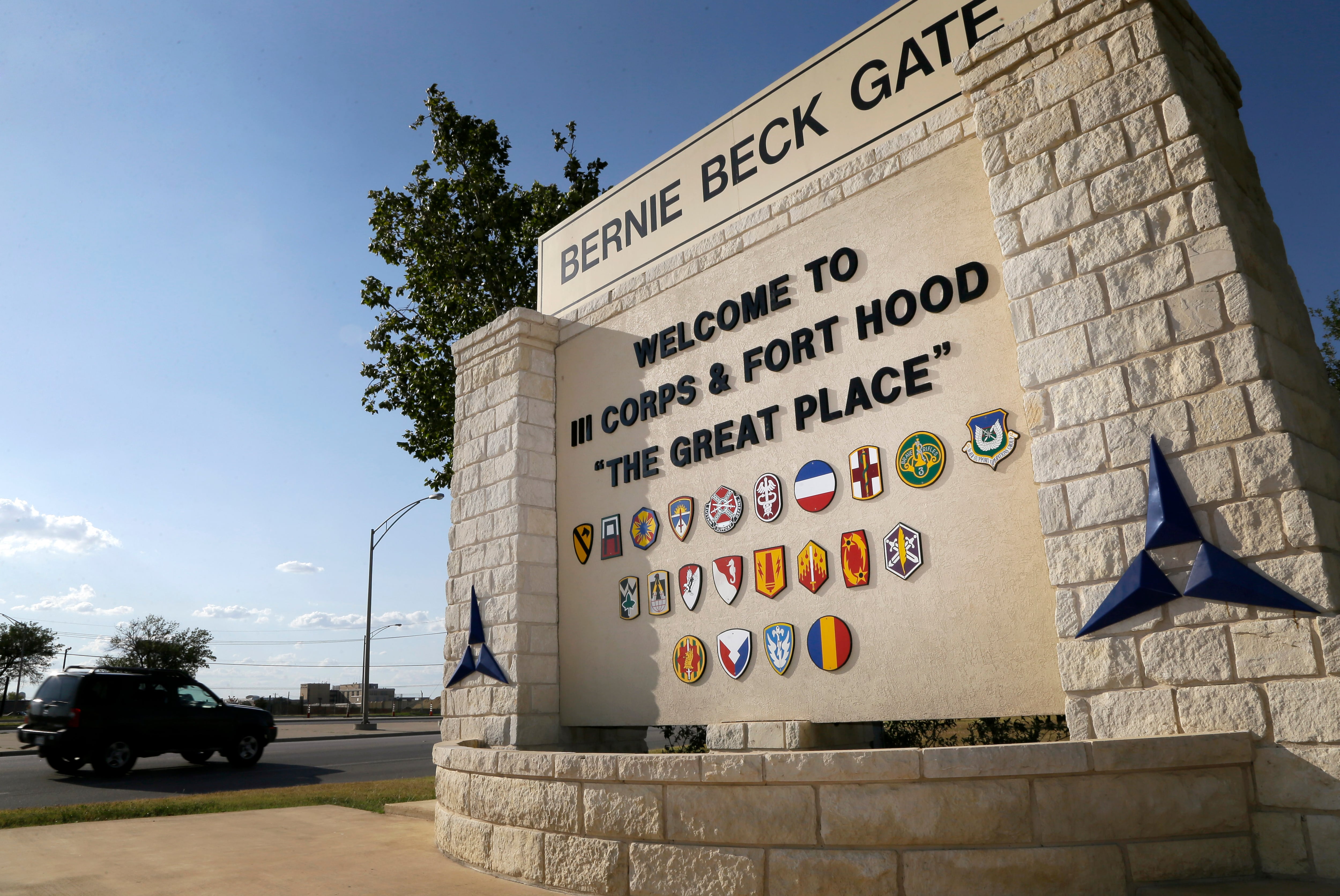Despite the chill in relations between the U.S. and Russia, both sides point to World War II as an example that the two countries can work together.
Recently, U.S. and Russian nonprofit groups joined forces to fly two World War II-era DC-3 cargo planes from Montana to Siberia to commemorate the Alaska-Siberia air route, which the U.S. used to send the Soviets thousands of planes during the war.
Jeff Geer is the president and chairman of the BRAVO 369 Flight Foundation, which raised funds for the flight and is making a documentary about the air route. Geer also flew with the two DC3s in a World War II trainer from Montana to Alaska.
"I think a lot of people don't really realize that the Soviet Union and the United States were allies during World War II," Geer told Air Force Times. "In today's tough times with relations between the U.S. and Russia, it was an opportunity for us to come together again to remind each other — if not the world — that, hey, we worked together during some horrible times during the war; there's an opportunity again to come together in some camaraderie to celebrate the end of World War II."
The BRAVO 369 Flight Foundation partnered with the Russian company Rusavia, which purchased the two DC-3s from American owners, Geer said. The Americans flew aboard the planes as co-pilots from Montana to Alaska. The DC-3 crews were entirely Russian during the flight over Siberia.
"The project itself, today, demonstrates the willingness and the ability of two grassroots organizations to be able to come together in spite of political differences to commemorate a piece of World War II aviation history that largely remains untold," Geer said. "There are so many people out there right now that did not know of this program – and still don't know."
The planes took off July 21 from Great Falls, Montana, and arrived Aug. 4 at their destination in Russia, Geer said. The DC-3s will be part of the MAKS 2015 airshow Aug. 25 in Moscow, and then they will go to a Moscow museum.
Geer flew a T-6 Texan with the planes until July 25, when they landed in Fairbanks, Alaska.
"We encountered a lot of weather along the way," he said. "It was anything but a nice summer up there along the route."
During the trip, Geer thought about what it must have been like for the pilots of the Army Air Forces 7th Ferrying Group, who made the long trip to Russia during World War II.
"We had the luxury of modern technology: GPS, satellite communications, modern avionics," he said. "They didn't have that for navigation. They had some very rudimentary equipment and a lot of the times these guys would encounter bad weather, get lost, crash."
Also, the commemorative flight took place in the summer, whereas the pilots during World War II made the trip year-round, Geer said.
"Sometimes it was 30, 40 below [zero]," he said. "It just took a huge toll on men, machines, equipment."
Even with the most modern equipment, Geer's first and foremost concern was finding a place to land in case an in-flight emergency occurred — not an easy prospect considering how unforgiving the terrain is.
"If you lost an engine … you didn't have a lot of good landing sites," Geer said. "You had a lot of trees; you had a lot of rugged terrain; maybe there was a lake you could set it down in, something of that nature."

Jeff Geer, of BRAVO 369 Flight Foundation, flies a T-6 trainer on the way to Alaska.
Photo Credit: Photo courtesy of Mike Ludey
Diplomats from both the U.S. and Russia were supportive of the flight recreating the Alaska-Siberia air route, said Craig Lang, co-founder and director of the BRAVO 369 Flight Foundation.
"It was a breath of fresh air to me that they were so embracing of this project and recognizing just how important the ALSIB [supply route] program was to help save the Soviet Union," he said.
The Alaska-Siberia air route provided needed supplies to the Red Army, ultimately contributing to the "shared victory" at the end of World War II, John Tefft, the U.S. ambassador to Russia, said in July.
"This was a route of heroes. Heroes who overcame incredible difficulties and dangers," Tefft said at a July 8 news conference in Moscow. "Heroes who worked and lived together in the hardest conditions, and were pioneers in exploring an air route that seemed previously unimaginable."
The supply route is one example of how the U.S. and Russia worked together during World War II and afterwards, he said.
"Even though the political and economic systems of the United States and the Soviet Union were worlds apart during the Second World War, we were still able to cooperate in those years to achieve a greater good — the defeat of Nazi Germany," Tefft said. "Today there are many global challenges that require the same type of coordinated action."





